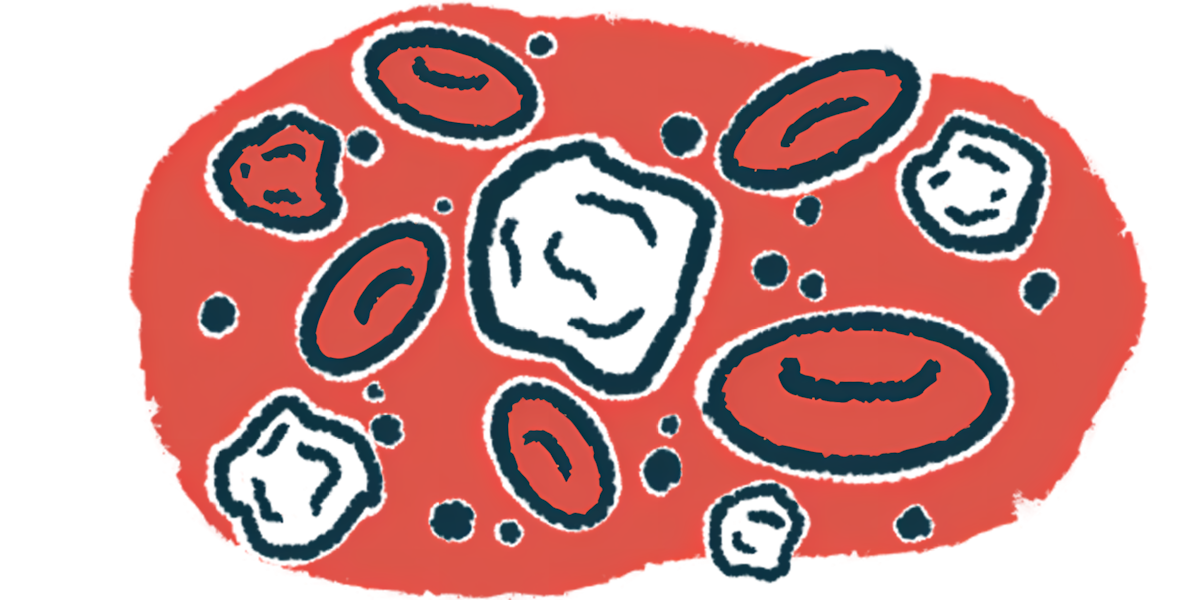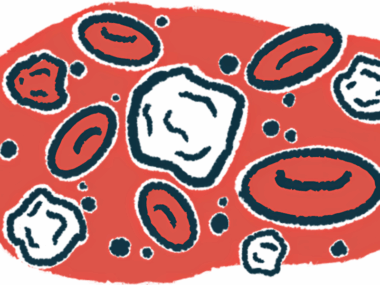Researchers unlock new way of stopping attack of T-cells in MS
Therapy based on study insights seen to ease disability in mouse model
Written by |

A team of U.S. and Chinese researchers appears to have unlocked a novel way to stop T-cells from attacking the body in multiple sclerosis (MS) and other autoimmune diseases, according to the findings of a new study.
An experimental therapy called BiTS, developed based on these new molecular insights, was able to reduce disability in a mouse model of MS, the team reported.
The researchers say a more detailed understanding of the molecular mechanisms that control T-cell activation in the body may result in better treatments for MS and other immune system diseases.
Their work was detailed in a study titled “Proximity between LAG-3 and the T cell receptor guides suppression of T cell activation and autoimmunity,” which was published in the journal Cell.
“Our findings reveal an intricate mechanism that enables a careful treatment approach to T-cell driven autoimmune diseases, which currently lack effective immunotherapies,” Jun Wang, PhD, an assistant professor at NYU Grossman School of Medicine and cosenior study author, said in a university press release.
The immune system is normally responsible for protecting the body from infections. For an immune cell, the world is black and white: Anything that’s a healthy part of the body needs to be left alone, and anything else is assumed to be a threat and attacked. However, in autoimmune diseases like MS, the immune system glitches and begins attacking the body’s own healthy tissue.
Immune cells called T-cells play a key role in MS and many other autoimmune diseases. T-cells have a specialized receptor aptly called a T-cell receptor or TCR. Each TCR can recognize tiny fragments of proteins from viruses or bacteria — or, in the case of autoimmune diseases, from the body’s own cells.
These fragments are presented by other immune cells using a protein called MHC-II. If a T-cell’s receptor matches the presented piece, it may launch an immune response — but molecules called checkpoints can stop the T-cells from attacking.
Scientists focus on checkpoint molecule called LAG-3
Checkpoint molecules typically act like a quality-control mechanism to prevent T-cells from going overboard and attacking healthy parts of the body. In autoimmune diseases, however, these molecular brakes don’t always work properly.
Through a battery of molecular tests, the research team — from institutions in New York, and in Beijing and Hangzhou — created a detailed model for how a checkpoint molecule called LAG-3 works. The scientists then designed a new therapy to boost its function.
LAG-3 is notable because it’s highly produced by activated T-cells — which, in autoimmune diseases, would include disease-driving T-cells.
The researchers found that the LAG-3 molecule can basically stick to the TCR and tug it slightly out of place, so it doesn’t fully engage with MHC-II and therefore doesn’t activate. This mechanism means that the LAG-3 molecule needs to be physically close to the TCR to effectively suppress T-cell activation.
“We discovered that, as a T cell’s surface draws close to the MHC-II presenting its TCR trigger molecule, the T cell receptor gets particularly close to LAG-3”, said Jasper Du, cofirst author of the study and a third-year medical student at NYU Grossman.
“For the first time, we found that this proximity is central to the ability of LAG-3 to dial back T cell activity,” Du added.
Antibody dubbed BiTS created to regulate T-cells in MS
Based on this observation, the researchers created BiTS (LAG-3/TCR Bispecific T cell Silencer), which essentially is an antibody that simultaneously binds to TCR and LAG-3, bringing them together so that LAG-3 can more effectively regulate T-cell function.
According to the researchers, “the differential LAG-3 biology suggested by our study offers opportunities for LAG-3 antibody designs mimicking its conditional ligand to maximize LAG-3-dependent T cell suppression for treating autoimmune diseases.”
The team added that their findings “support an exciting role of LAG-3 targeting in autoimmune diseases, which is different from other approved T-cell therapies.”
In a mouse model of MS, BiTS treatment led to significant reductions in clinical scores, the researchers noted. In other words, mice treated with BiTS showed less profound disability than untreated mice.
[These findings] support an exciting role of LAG-3 targeting in autoimmune diseases, which is different from other approved T-cell therapies.
BiTS also showed promise for reducing disease activity in preclinical models of other autoimmune diseases, including type 1 diabetes and autoimmune hepatitis.
Jia You, a research scientist in Wang’s lab and a study cofirst author, said this work could lead to new treatments for MS and other diseases.
“Our study advances our understanding of LAG-3 biology and may foster more proximity-based, spatially-guided therapeutic designs like BiTS as immunotherapy for other human diseases,” You said.







